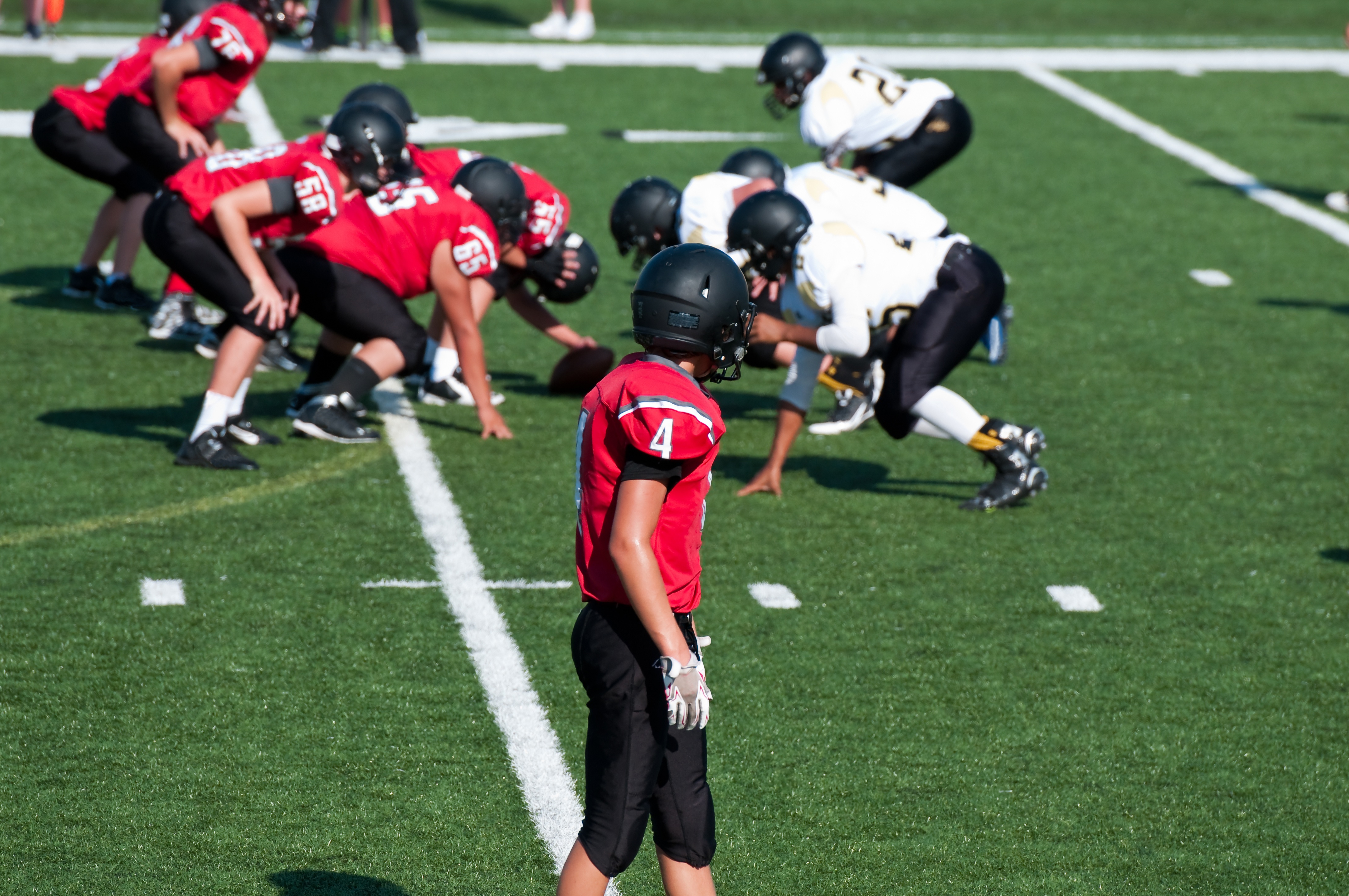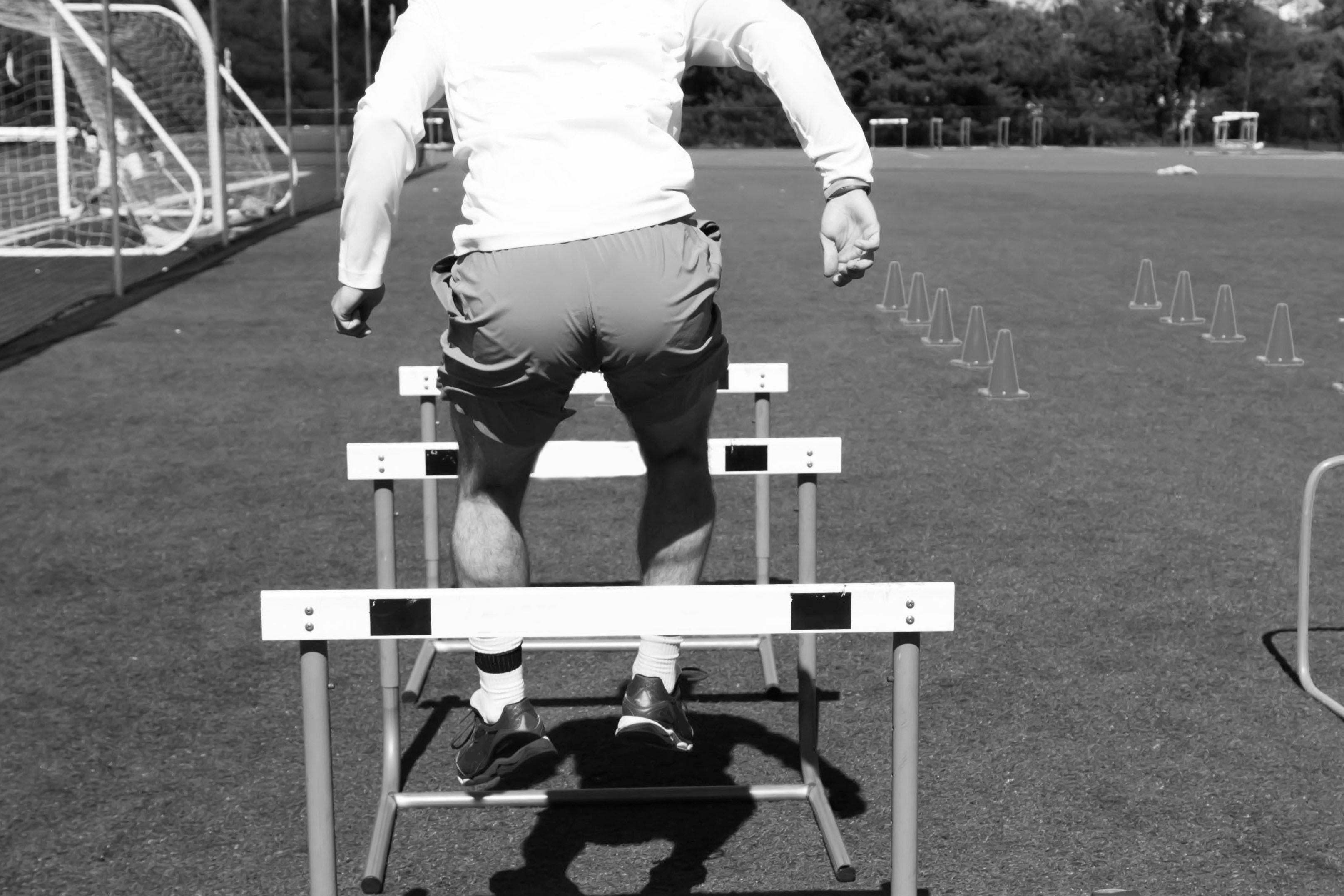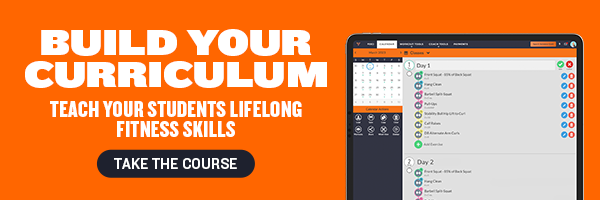Challenges Faced by High School Strength Coaches
So you are a high school strength coach.
Our jobs are hard & challenging sometimes and we all face some hurdles to develop championship-level programs.
To some coaches in our industry, they may believe that the hardest part of our job is:
- Movement screens
- Exercise selection
- Set/Rep schemes
- Nutrition
- Getting “buy-in” from coaches/athletes
While all of these are hurdles that some of us face and can be factors in a successful program, I am here to tell you, that even with these aspects of our job “mastered” and run to perfection, there is still one aspect of what we do as high school S&C coaches that still need to be addressed…
Time. How do we get them trained? When do we get them trained?
This all comes down to class scheduling.
There are three common ways athletes are trained within the high school setting:
- Before & After School Sessions
- “Athletic Periods” built-in towards the end of the school day
- Strength/Athletic Performance Classes throughout the school day
In this article, we are going to go over:
- Why a school should consider having dedicated classes for athletic performance,
- How we have developed in-school training sessions,
- Examples of how we develop scheduling matrixes for simple student placement,
- and other possible student placement ideas.
Why should schools consider training athletes during the school day?
In a world where our most precious commodity is time, we want to ensure we respect the time of those who entrust their athletes to us, the sport coaches. By having athletes train during the school day, you free up time for the sport coach to practice efficiently. Without the worry of scheduling around training for practice, they potentially get started earlier and perhaps get themselves, their assistant coaches, and their players home earlier once practice concludes.
Keeping in the same topic of time, by having athletes train during the school day, we can make sure, in their off-season months, that they can potentially go home after the school day. This opens up time for them to be a student, complete assignments, and homework. This opens up time for students who work part-time jobs to make money for family well-being.
Along with valuing their time, we are essentially ensuring that as long as students are committed and compelled in their training and what needs to be done in your athletic training class, they will get an “A” in the class that will help towards the improvement of their GPA and academic eligibility.
If the schedules are manipulated correctly, we can use the physical & mental benefits of physical activity to help with academic performance in other classes. Suppose a student has struggled in a particular class. In that case, we can place that student in an athletic performance class before ensuring they are getting the full benefit of the effects of physical activity to help them succeed in that class.
Image Courtesy of Active Living Research
Lastly, it will ensure that the athletes trusted in your care are trained by a qualified/certified individual.
Development of Athletic Performance Sessions During the School Day
Several factors must first be understood to successfully tackle designing classes during the school day.
The first of these is simply understanding the type of school you are at and what special academic programs your school provides. These are a few examples of some special academic programs your school may have in place:
- Magnet school for a particular program (Foreign language, aviation, health sciences)
- International Baccalaureate
- Advanced Placement or Dual Credit course offerings
- STEM (Science, Technology, Engineering, Mathematics) or STEAM (Science, Technology, Engineering, the Arts & Mathematics) programs
Knowing what your school offers allows you to navigate these waters properly understanding where you fit in the grand scheme of the academic day.
The next factor is knowing your state graduation requirements. Here in North Carolina, these are our graduation requirements,
- Earn at least 22 credits
- 4 credits of sequential English
- 4 credits of mathematics
- 3 credits of science (physical science, biology, earth/environmental)
- 4 credits of social studies (founding principles, American history, world history, economics/personal finance)
- 1 credit of health & physical education (9th grade)
- 2 Elective Credits from CTE, Arts, or World Language
- 4 Elective Credits from CTE, ROTC, Arts Education, or any other subject area)
With this information in mind, I know that:
- I cannot get a hold of any athlete until they have completed 9th grade/intro health & physical education and
- “Athletic Performance” class falls under the category of “elective” credits under the “other” subject area.
This allows us to communicate with parents and the athlete's counselor to stress the importance of having all freshmen complete 9th grade/intro health & physical education their first year.
The next factor that must be overcome (and the most difficult in my opinion) is the personality & structure of your school’s guidance department and administration. The following are questions you need to evaluate to overcome this factor:
- Is there continuity in your guidance department?
- Have the same staff members been at the school for a prolonged period?
- Is your guidance department a “revolving door” where they have short tenures at your school?
- Have you shared your mission/promise land of your program with guidance/administration?
- “Promise Land”- The desirable but difficult-to-achieve future that you help make real for those who follow you
- Can you speak their language?
- Example:
- Differentiated Instruction: Providing instruction based on the ability level in the classroom
- Translated in our world/industry: Strength Coaches develop different programs based on their training abilities
- Example:
If you can have your guidance department & administration jump on board, you are in the clearing for the most part. Now, it is your task to establish what “classes” you offer within the curriculum. Within the schools that I have been a part of, we have had classes labeled “Strength Training” & “Cardio, Core Conditioning”. To make sure we have options for class placement, we have taken over these two class offerings as a part of our athletic performance pathway. To ensure athletes can take the course over & over again & still receive credit towards graduation, we created multiple “sections” for student placement: Novice, Intermediate, and Advanced Elite.
Along with these multiple sections, we offer all courses & their corresponding sections across all academic blocks (1st, 2nd, 3rd, 4th). To accommodate those special scenarios where athletes may be IB or AP, we have multiple timeframes we offer for the course:
- Courses/classes that are every other day over an academic year (ODD/EVEN, A Day/B Day)
- Classes that are offered every day for a single semester
Examples of S&C Class Structures/Matrixes
Here are some actual examples of how we have offered S&C Classes at previous schools
Below are some actual student examples of how we were able to manipulate an athlete’s schedule to ensure S&C class placement:
For some, student placement is a simple task where administration/guidance can make it happen with a snap of a finger. For other staff members, it may not be so easy of a task to accomplish. To eliminate any confusion & help them in this process, we will provide Excel/Google Sheet rosters of athletes that need to be enrolled in strength classes providing the following:
- Full First & Last Name
- Current Grade
- Full Student ID
Along with providing rosters, be open & available to help the guidance department in the placement of athletes in the class. You may be able to see something or catch something that they may not see at the time. You take the stress off of them with their tremendously large caseloads of students. Lastly, it allows you to ensure that the scheduling request happened and was completed.
Other In-School Training Scenarios
In some cases and school scenarios, all of your time and effort in trying to get athletes placed in your classes may come to no avail when it comes to particular athletes due to circumstances out of your control. Other options can help you get your athletes trained during the school day. The easiest way is to establish great relationships with your fellow teachers/coaches within the PE Department. By selling them the benefits of training during the school day, especially if it's their athletes, you may be able to gain another course (team sports, group fitness, etc) to add as potential landing spots for athletes. Students would simply check in with their PE teacher for attendance and then come to you to train. Another department to build great relationships with would be your other elective teachers within the art, music, and CTE departments. You could work a negation to where an athlete that may be placed in their class comes to train with you upon the conclusion of their assigned work.
In conclusion, class scheduling can be a game changer for you and your program. It helps get your athletes trained during the school day. It gets your athletes home sooner in the off-season months which allows them to have more family time, more time for academics, and more time to work a job after school. Lastly and most importantly, it gets you home sooner if you are not coaching an additional sport to those that are irreplaceable, your family.
Subscribe to our blog
Subscribe to receive the latest blog posts to your inbox every week.
Related posts

Creating Impact Beyond the Weight Room

Five Pieces of Advice for High School Strength Coaches from a College Strength Coach


